
Lot 17
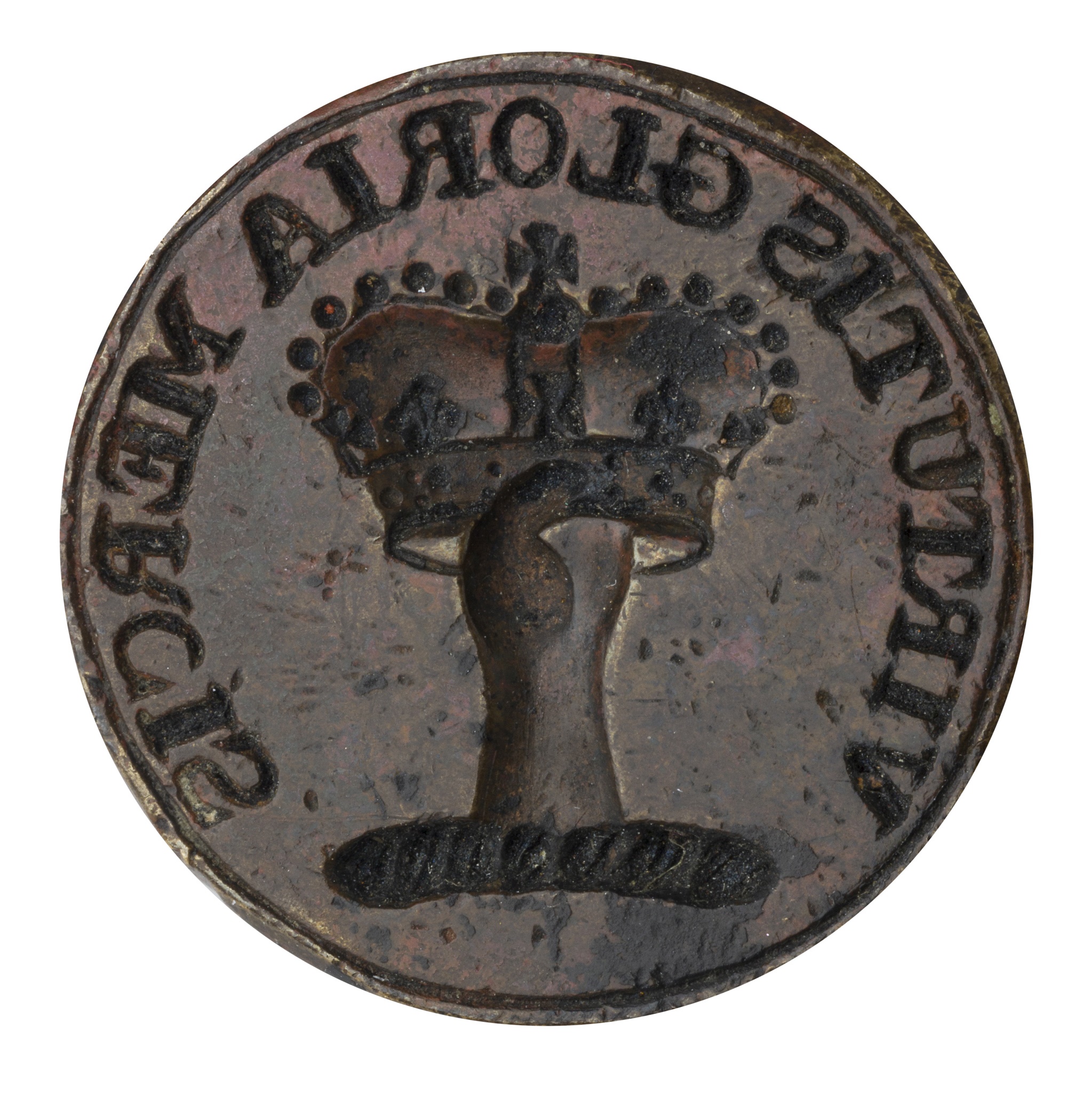
THE ROBERTSON OF STRUAN FAMILY DESK SEAL
AN 18TH-CENTURY JACOBITE INTEREST WOODEN AND BRASS DESK SEAL
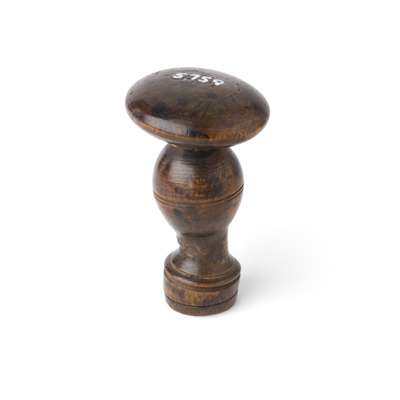
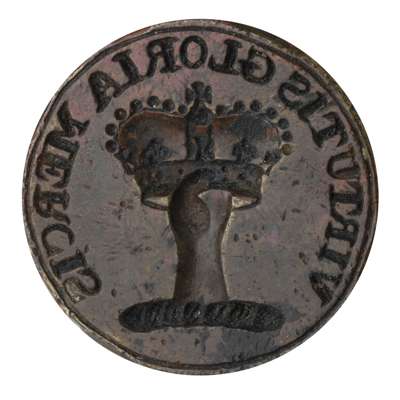
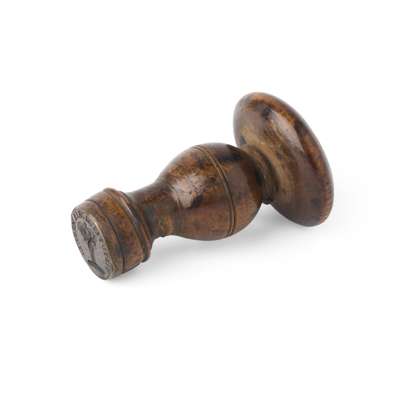


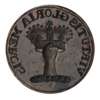
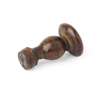
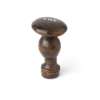
Auction: 19 May 2023 from 10:00 BST
Description
the wooden handle of baluster form with threaded detail, the circular brass matrix engraved with the crest of Robertson with motto 'Virtutis Gloria Merces'
Dimensions
Length: 74mm (overall), matrix: 21mm diameter
Provenance
Provenance:
Discovered in a house in Lauder, circa 1965
Anderson & Garland, Northumberland, 9th May 2006
Lyon & Turnbull, Scottish Works of Art & Whisky, 14th August 2019 lot 464
Footnote
Heraldry:
The crest as engraved upon this 18th century brass and wooden-handled Desk Seal is that of the chiefly family of Robertson of Struan. It may be blazoned as follows:
Crest: A dexter hand erect holding an imperial crown all proper
Motto: Virtutis gloria merces [Glory is the reward of valour]
Note:
Alexander Robertson of Struan was a committed Jacobite. Born in 1668, he joined the Jacobite army, but was captured following its withdrawal from Dunkeld. He succeeded in escaping to France, and was subsequently attainted until 1703, when he could return to Scotland. In 1715 he again supported the Jacobite cause, raising, it is said, 500 of his clan, but was taken once more, this time at the Battle of Sheriffmuir. With the assistance of his sister, he escaped yet again, and once more fled to France. Although attainted by Act of Parliament for a second time, he could return home in 1732. In 1745, Struan was 77 years of age, yet nevertheless led 150 of his tenants to join the Prince, and, being too old himself to take up arms, returned to his home in General Cope's carriage, which had been captured at Prestonpans, reputedly with the general's furred nightgown and gold chain as trophies. Murray of Broughton wrote of him: "he is an old Batcheler, (sic) lived long abroad, and is reckoned a man of letters". He was permitted to remain at Struan, and died at Carie on the Struan estate in 1749, 2000 men following his coffin 14 miles from Rannoch to Struan Kirk.
In 1725 he was reportedly created a Knight and Baronet by King James VIII. He wrote in English as well as Gaelic, and a book of his poetry was published in 1789.







